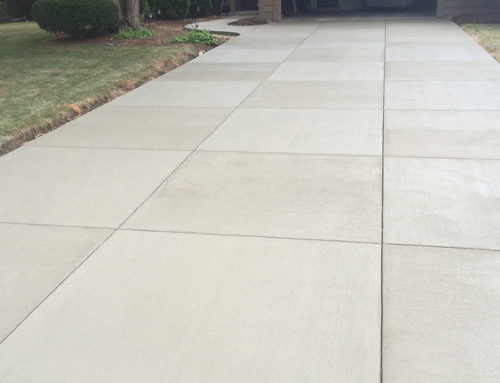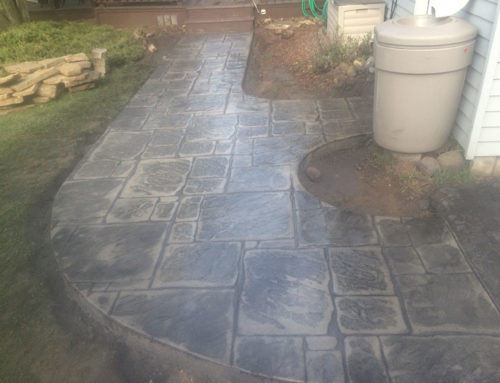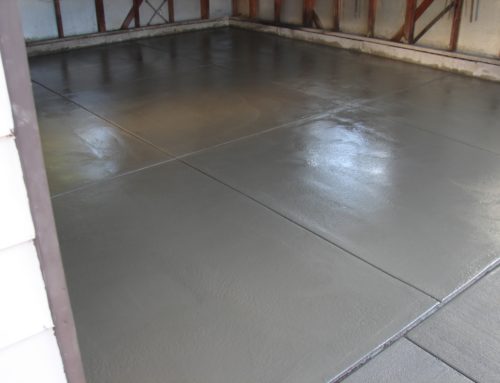Some types of concrete cracks are inevitable. Due to forces that exceed the strength of the concrete, cracks can begin to develop in various areas including driveways, concrete floors, and even foundations. It’s important to determine and understand what type of crack has formed in your concrete in order to decide what kind of repairs will need to be made.
Plastic Shrinkage Concrete Cracks
In general, concrete is full of water while in its plastic state before hardening. Eventually, the water will leave the slab, thus causing a void between the solid particles. When this happens, the empty spaces make the concrete vulnerable to cracking. While the cracking is not usually detrimental to the performance of the concrete, it may not be visually appealing to the owner.
Crazing Cracks
If you’ve ever noticed fine, shallow surface cracks that resemble shattered glass or spider webs, then you may have seen crazing cracks. Crazing is often the result of poor surface curing and can appear on any concrete slab that has lost moisture too quickly.
Expansion Concrete Cracks
Generally speaking, a concrete slab without an expansion joint will crack where the joint should have been. And much like anything else, concrete will expand as it gets hotter. As a result, the strength of the force will cause the slab to crack if it pushes against anything in its way, such as a brick wall or adjacent slab. Therefore, it’s important to utilize an expansion joint as a point of separation and a shock absorber between static surfaces to prevent cracking.
Settlement Cracking
Settlement cracks generally develop over embedded items such as reinforced steel. These types of cracks typically occur when a void is created in the ground below the concrete surface. A settlement crack may appear if the subsoil has improper consistency or when the underlying ground isn’t correctly prepared. When concrete is placed on top of an inadequately compacted trench, it results in a void that causes a crack across the unsupported concrete.
Hairline Cracks
While hairline concrete cracks do not typically cause problems with the stability of a foundation, they can cause leakage problems. These type of cracks can appear very small and shallow due to the depletion of moisture from the fresh concrete within its plastic state. There are various factors that can cause these cracks including:
- Bleeding and sedimentation.
- Poor workmanship and negligence.
- Water loss due to absorption.
However, there are also many ways that a concrete professional can repair concrete cracks and prevent hairline concrete cracks from occurring.
Concrete Repair from a Concrete Expert
Not only are concrete cracks aesthetically unpleasant, but they can get worse over time if left untreated. And sometimes the job is just too large for a homeowner to undertake. So, when it comes time to invest in concrete repair, you can rest assured that concrete is an investment that’s worth your time and money.
Whether you have broken, sunken, or tilted concrete, JBS Construction can help. We have over 30 years of experience installing concrete additions in a variety of styles and settings in the Greater Milwaukee area. Contact us today to schedule a free estimate.






